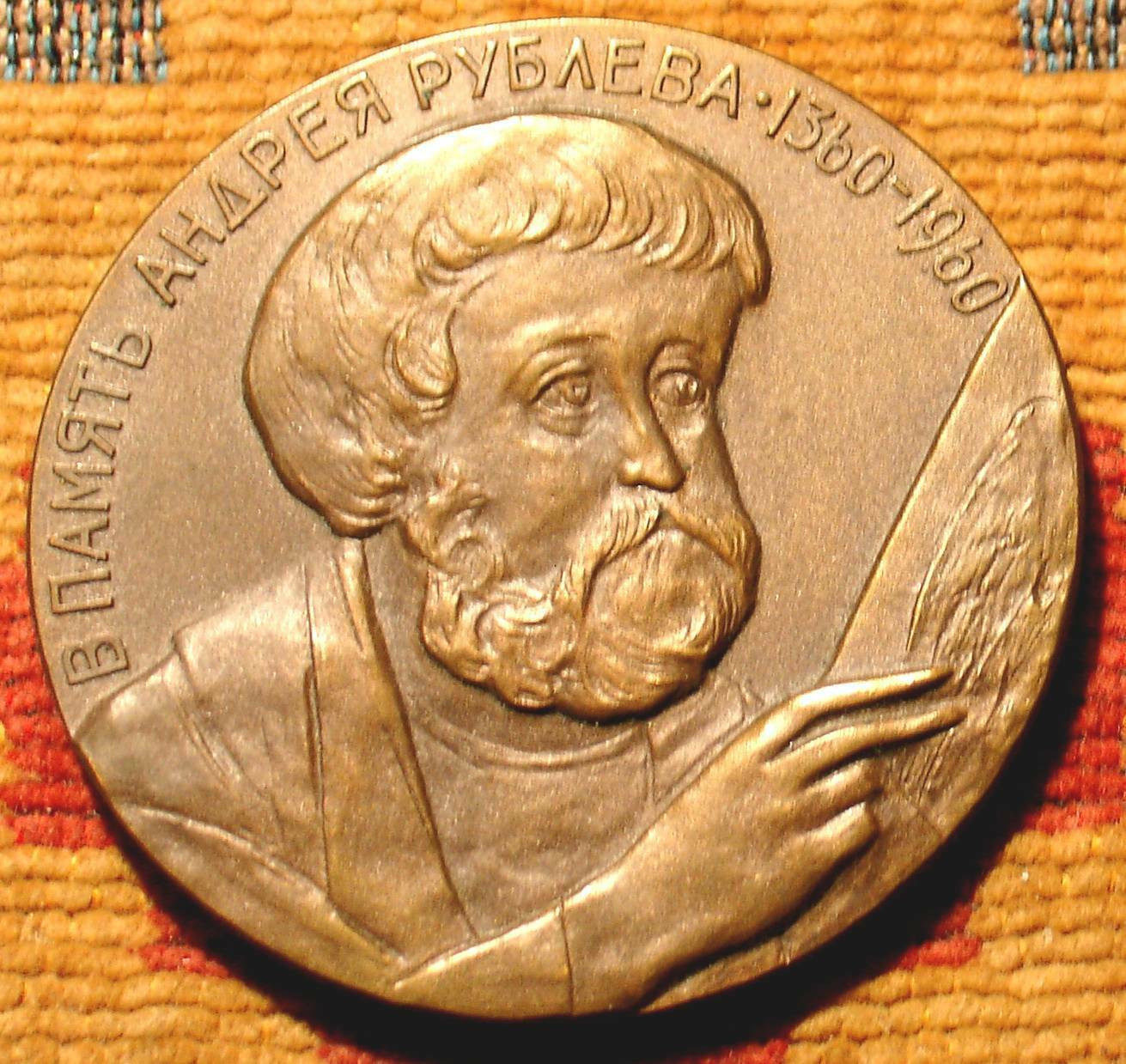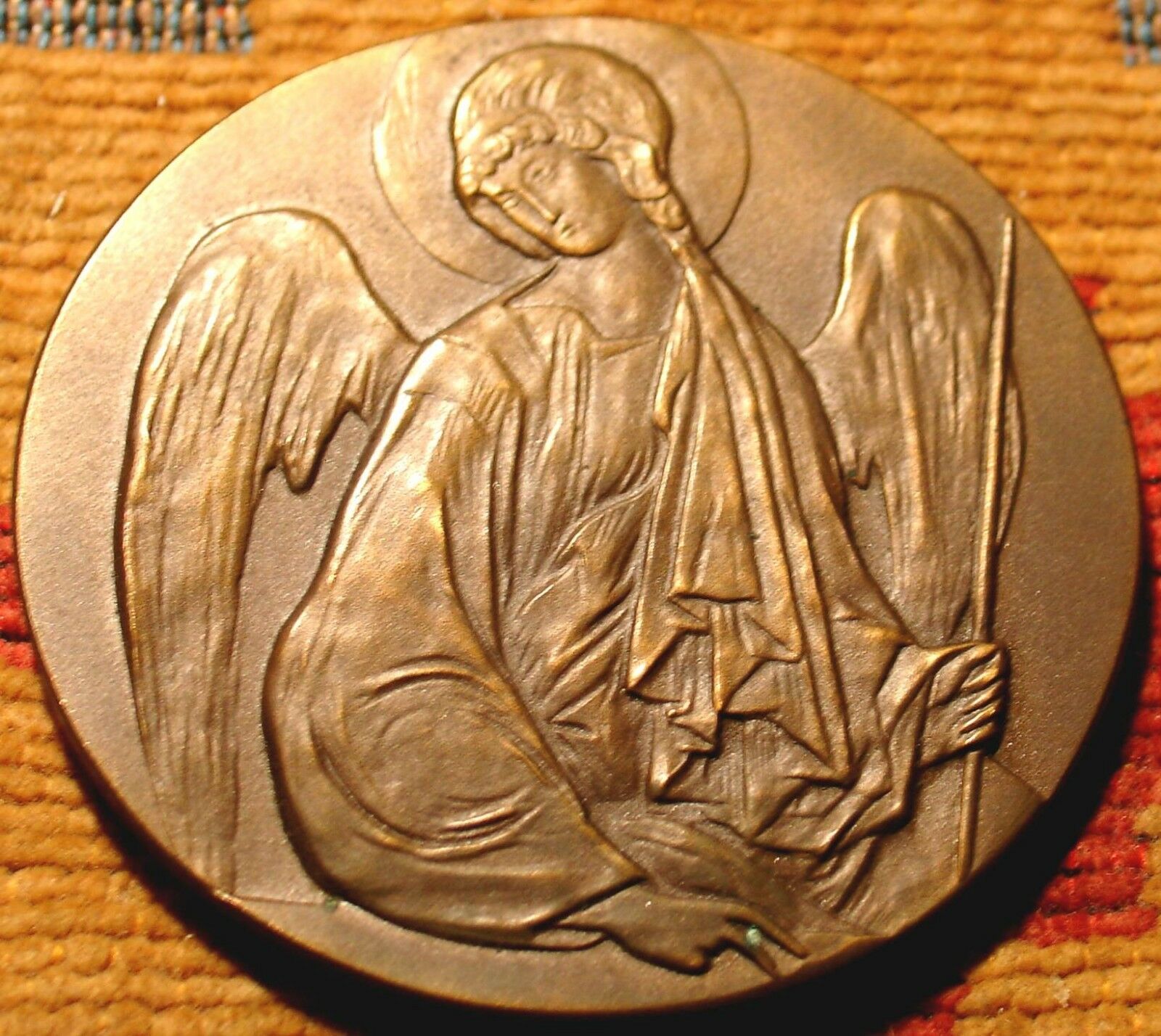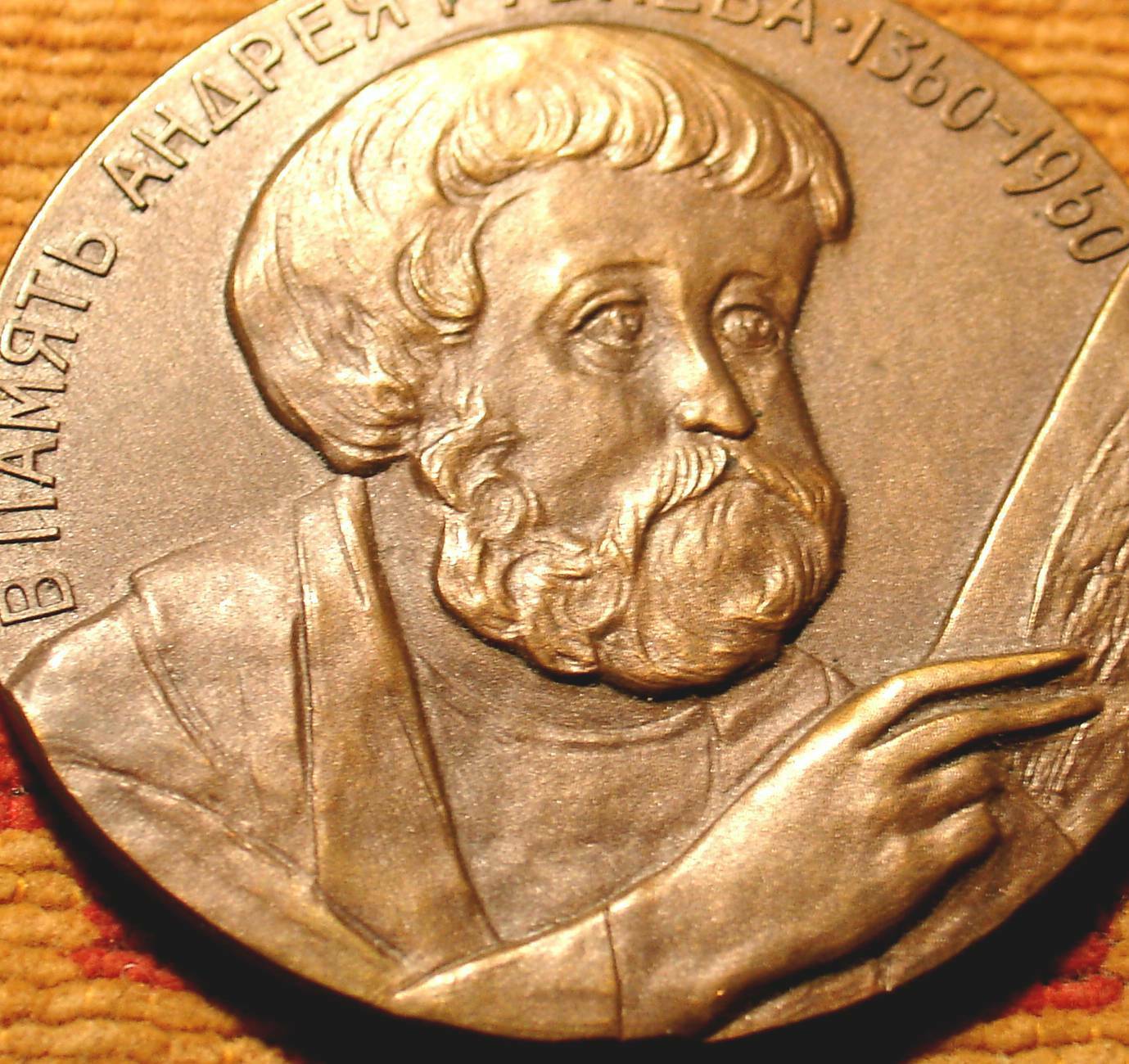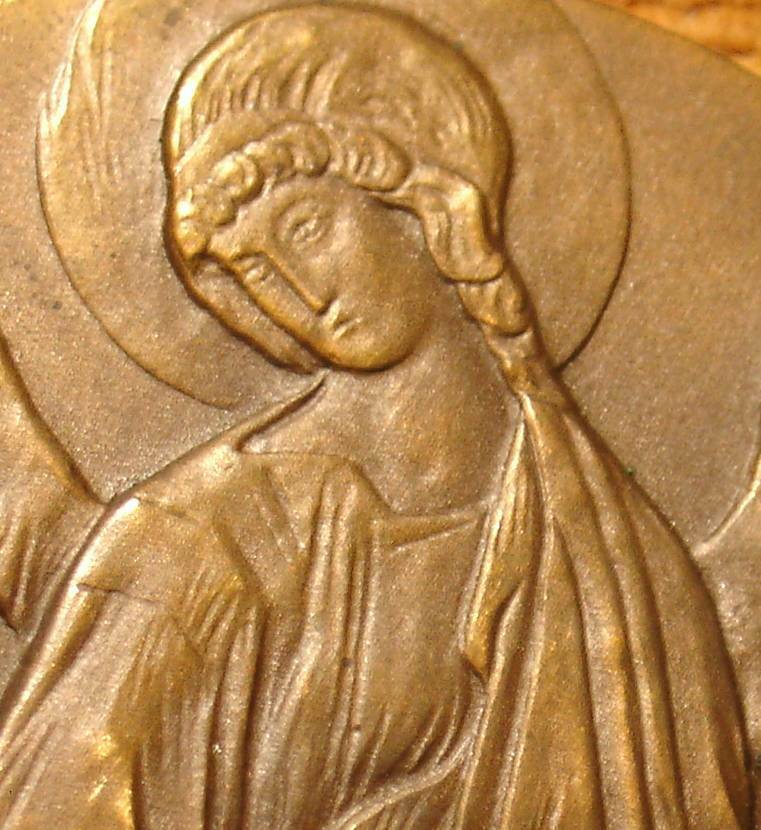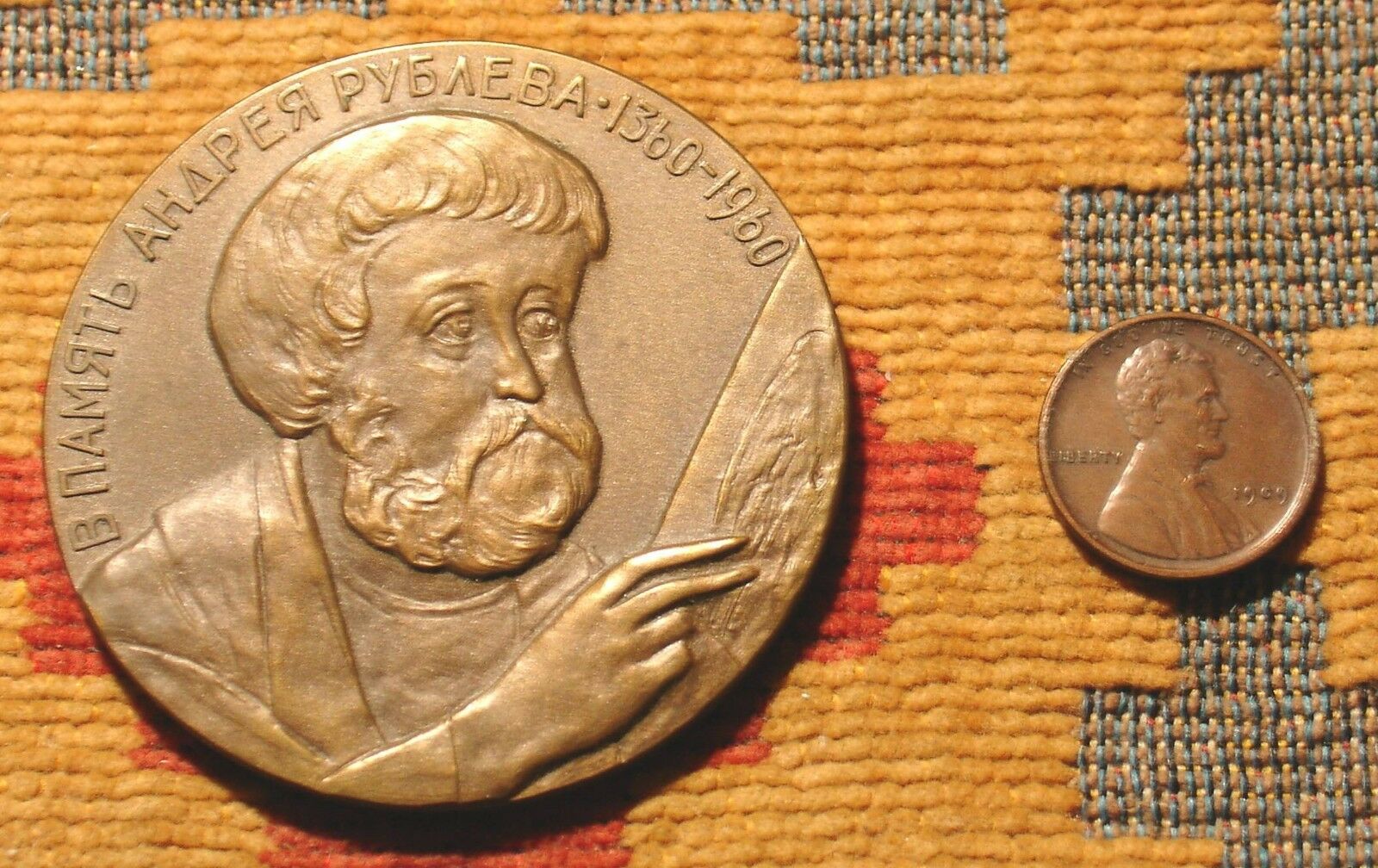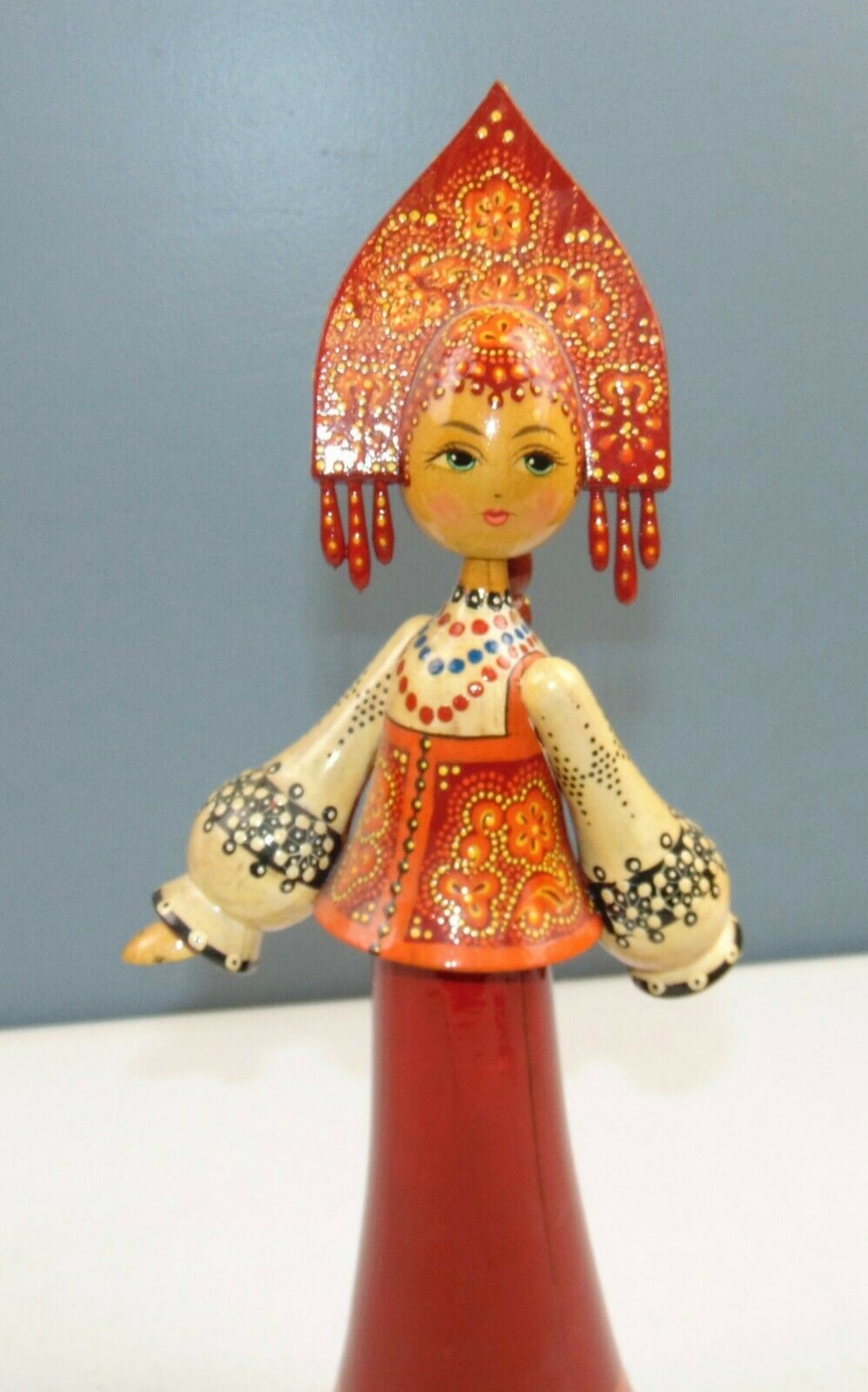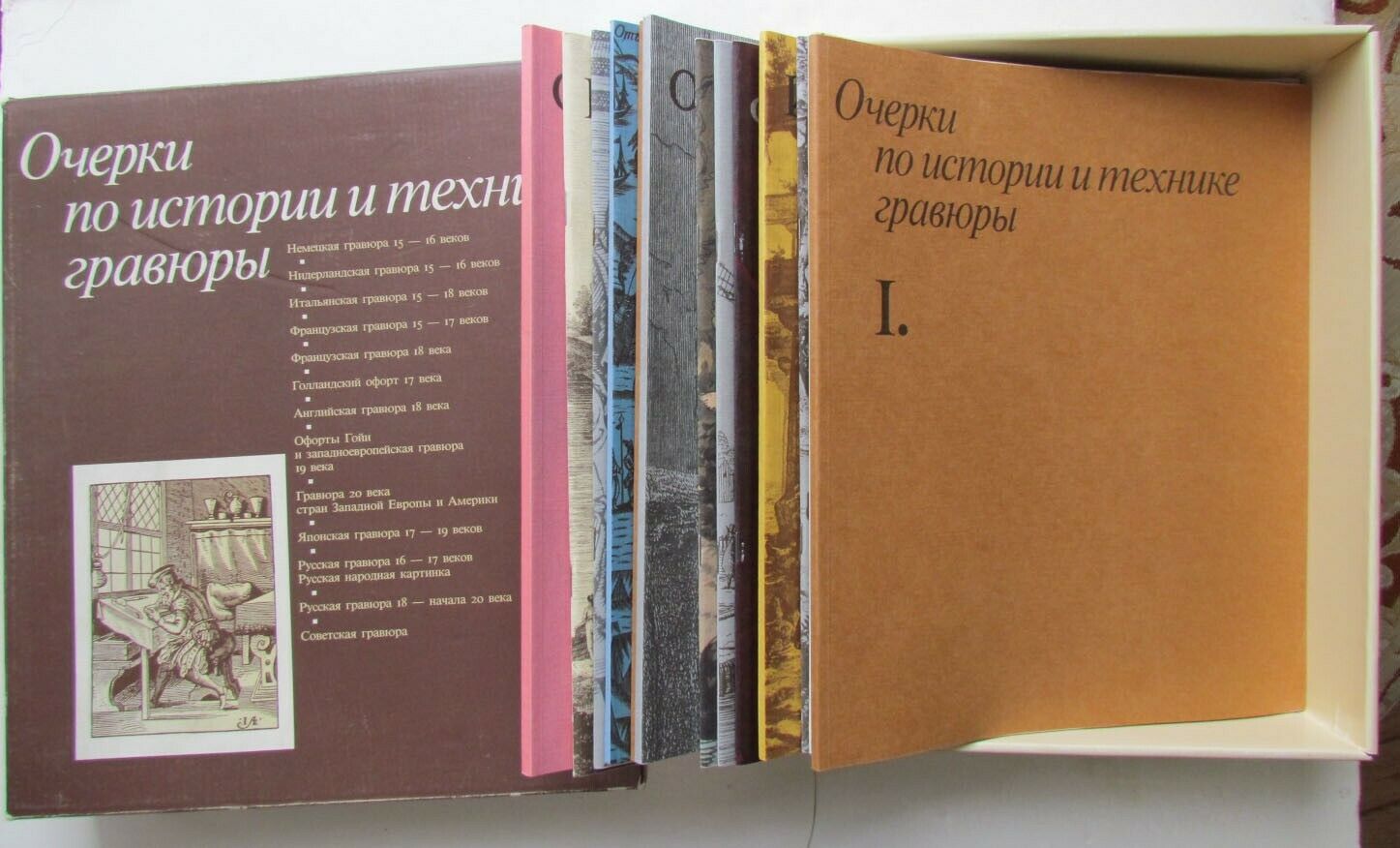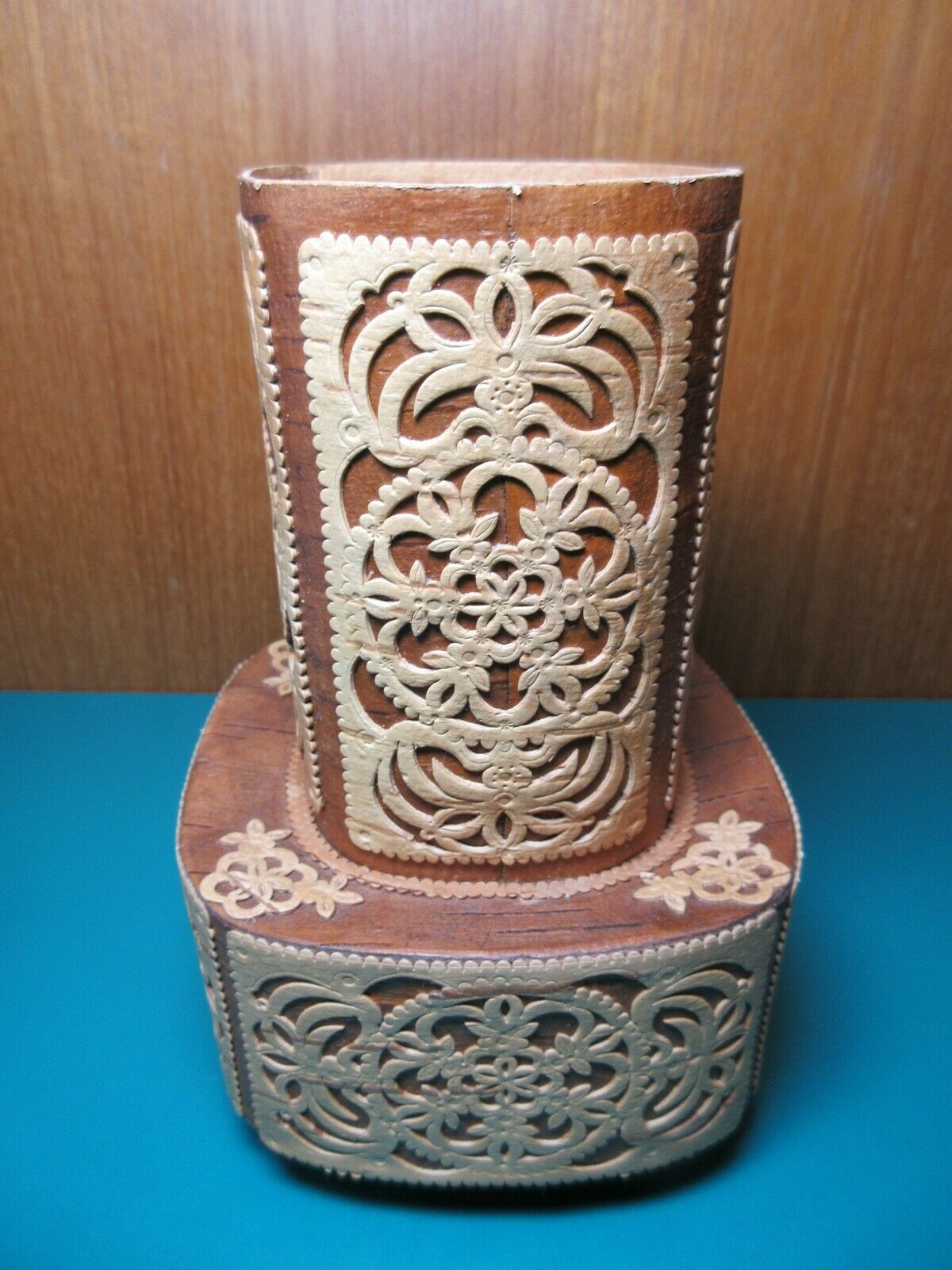-40%
1960 RUSSIAN LARGE BRONZE MEDAL ANDREY RUBLEV ICON ART MASTER ARTIST UNC BEAUTY
$ 62.83
- Description
- Size Guide
Description
VERY HARD TO FIND ! BEAUTIFUL BRONZE MEDAL ! COMMEMORATIVE FOR RUSSIAN ORTHODOX CHRISTIAN ICONS ARTIST, ANDREY RUBLEV . 1360-1960 .MUSEUM LIKE, UNTOUCHED CONDITION !
VERY DESIRABLE BY REAL COLLECTORS Â !
RUSSIAN Â SOVIET VINTAGE MEDALSÂ OF THAT PERIOD IS
VERY HOT
ON COLLECTORS MARKET NOW !!!
BUY THIS MEDAL FOR LESS PRICE , BEFORE PRICE WILL SKYROCKETING .  COINS AND MEDALS MARKET ON BIG RISE NOW !  NICE AS A GIFT - FOR ANY ONE , INCLUDING YOUR SELF ! :) SMART INVESTMENT !  AND BEAUTIFUL PIECE OF HISTORY !
LOWÂ START !
DON'T MISS IT !!!
NO RESERVE !!!
GOODÂ LUCK !!!!!!!
&:o)
PLEASE, VISIT OUR OTHER AUCTIONSÂ BY CLICKING HERE :
See other items
!!!
HISTORY :
Andreiv Rublev charts the life of the great icon painter through a turbulent period of 15th Century Russian history, a period marked by endless fighting between rival Princes and by Tatar invasions.Andrei Rublev, a famous medieval painter of orthodox icons and frescos, is considered the pride and glory of Russian culture. The name of Rublev is connected not only to the flourishing period of Russian art, but also to the revival of Byzantine art after its ruin under the Ottoman rule.
However, there is little information available on Andrei Rublev’s life. It is not known where he was born but he probably lived in the Trinity St. Sergey Monastery in the small town of Sergiev Posad near Moscow. He was a monk under Nikon of Radonezh, who succeeded Sergey of Radonezh, a famous saint and Father Superior of the monastery. Rublev’s contemporaries described him as “a kind and quiet person, filled with light.” They said he was “unusually focused” and that “everything he created was a result of his deep thoughts.”
In the early chronicles, the name of Rublev comes up in connection with the construction of different churches. In the 1380s he belonged to the Prince’s cartel of craftsmen and artists who moved from town to town building and decorating churches. After the Battle of Kulikovo between the Tatar-Mongols and the Russians near the Don River in 1380, many new churches were erected in Russia, and each was decorated by Russian iconographers. This served as a source of inspiration for Rublev.
The first mention of Rublev as a painter appears in 1405 when, together with Theophanes the Greek and Prokhor of Gorodets, he painted icons and frescos for the Cathedral of Annunciation of the Moscow Kremlin. His name was the last on the list of craftsmen as he was a junior both by rank and age.ost of his frescos were destroyed during the Moscow Kremlin fire of 1547.
Russian art was highly influenced by the art of the Byzantine Empire. Many artistic traditions, particularly in regard to icon painting and church architecture, originated in Byzantine and were
Image from www.cirota.ru
Image from www.cirota.ru
taken over by other Eastern European countries, including Russia. Rublev is often considered to have been a pupil of Theophanes the Greek, a famous Byzantine painter who worked in Russia for over thirty years. However, Theophanes the Greek’s personality, as well as his views of art and life, differed greatly from those of Rublev. The elder painter’s images were tense and tragic, perceiving the sinful earth as hell. It is not known how both artists got along, but there is evidence to suggest they often worked together, and the process did wonders to develop Rublev’s genius. Nevertheless, Rublev broke away from his Theophanes’s dramatic severity of form, color and expression and developed his own light and harmonious style incarnating the epoch of liberation.
Approximately during the same period, Rublev is believed to have painted at least one of the miniatures in the Khitrovo Gospels, an illustrated Book of Gospels from the early 15th century. The book contains eight full-page miniatures, portraits of four Evangelists and four pictures of their symbols. The miniature of the angel, a symbol of the evangelist Matthew, is usually attributed to Rublev. A young winged boy with curly hair is framed in a circle, which gives the image tranquility and completeness. The colors of azure blue and fresh green create a feeling of joy and easiness. According to art historians, the light and pureness display the uniqueness of the painter’s style.
It is not possible to chronologically trace Rublev’s work, as Russian icon painters never signed or dated their works. But one chronicle confirms that in 1408 Rublev painted the Assumption Cathedral in Vladimir with Danil Cherny and other painters. The Cathedral was widely known in Old Russia and Moscow’s Princes took great care in its decoration. In 1408, the son of Dmitry Donskoy, Prince Vladimir, ordered the restoration of the Cathedral, including the painting of new frescos to replace the one lost in the 12th century. The surviving Cathedral frescos represent a fragment of the famous composition Doomsday. Analyses of the style of the frescos helped determine their author: the artistic composition, musicality and gracefulness of the lines belonged to the hand of Andrey Rublev. The interpretation of the scene is rather unusual: there is no fear of severe punishment and the idea of forgiveness and enlightenment penetrates the composition, in line with Rublev’s worldview.
Rublev is also believed to have painted icons for “Zvenigorod Row” - part of the iconostasis in one of the Zvenigorod churches. Three icons “Savior,” “Archangel Michael” and “Apostle Paul” are partly preserved and show how the painter imagined his ideal character. The Savior is full of kindness and attention, Apostle Paul is presented as a philosopher and a thinker and Archangel Michael represents the earthly beauty of a human being. The characters in all of Rublev’s paintings were always peaceful and calm.
Image from www.upload.wikimedia.org
Image from www.upload.wikimedia.org
In 1408 the Tatar-Mongol troops of the Khan Edigey plundered the Russian towns of Nizhniy Novgorod, Rostov and Pereslavl and attacked Moscow. Failing to seize Moscow, they burnt down many towns and churches in the surrounding area, including the Cathedral of St. Trinity in Sergiev Posad. The hegumen, Nikon of Radonezh, was eager to rebuild the monastery. In 1423-1424 in place of the old wooden one, a new white-stone monastery was built. Andrey Rublev and Danil Cherny were invited by Father Nikon to decorate the monastery.
The icon “Trinity” became Rublev’s greatest masterpiece, created for the Cathedral of St. Trinity. And if the name of Rublev personifies the art of old Russia, the icon Trinity symbolizes the peak of that culture. The exact date of its creation is unknown - it could be either 1411 or 1425-1427. Apparently, Rublev painted this icon “in honor of St. Sergey of Radonezh.” The plot of the icon has its origins in the Bible: a deity in the form of three wonderful youngsters appeared in front of the elder Abraham foretelling the birth of a son. The main idea of the image is life in peace and agreement; something that people in the 15th century dreamt about but could not have.
In his book “The Trinity-St. Sergy Monastery and Russia,” the philosopher and priest Pavel Florensky describes the icon and the style of the great master: “What marvels and startles us in Rublev’s work is not the subject or the numeral “three” or a cup on the Communion table, but the fact that it shows us truly the Revelation beheld by Him. Under restless circumstances, in the midst of local wars, general savagery and the Tatar
Image from www.pafnuty-abbey.ru
Image from www.pafnuty-abbey.ru
intervention, with this lack of peace that had depraved Rus, this infinite, indestructible peace of the world opened to the eye… And this inexplicable world, this incomparable sky-blue, this ineffable grace of the mutual bows, this peaceful unwordliness, this infinite submissiveness to each other - is the artistic content of the Trinity.”
The question “Who is who in the Trinity? “ has sparked many heated arguments; Tsar Ivan IV the Terrible posed the question to the “Stoglavy Sobor” (“The Book of 100 Chapters” containing 69 questions asked and answered by the Great Council) in 1551. The answer was: “Christ is the angel in the middle, the one higher than God the Father and God the Spirit.” Thus, in the Orthodox Church, God the Son was put higher than God the Father, while in the Catholic Church they are equal. Four hundred years later the Sobor’s decision was supported by some distinguished art critics, while opposed by most theologians. But as evidenced by the geometry of the Trinity, for Rublev, all three hypostases were equal and placed in a circle. The lines of the wings and clothes fade into each other creating a feeling of balance and calmness. The ideal proportions of the three figures are united by the perfect correlation of colors. The light colors do not compete with the dark ones, but create a glimmering mosaic of light.
After the death of his friend and colleague Danil Cherny, who was buried in the St. Trinity monastery, Andrei Rublev went to Moscow’s Andronikov Monastery where he painted the frescos of the Savior Cathedral, which became his last work. According to the letter of the saint Epiphanies the Wise, Rublev also worked on the construction of the church in 1426-1427. The frescos were painted in 1428-1430. Andrei Rublev died in the Andronikov Monastery in 1430. At present there is a museum in the monastery displaying the epoch and art of Andrei Rublev.
Rublev’s art came to be perceived as the ideal of Church painting and of Orthodox iconography and already in his lifetime his icons were worth their weight in gold. In 1988 Andrei Rublev became the first Russian painter to be canonized a saint by the Orthodox Church. The church commemorates Rublev on 4 July.
